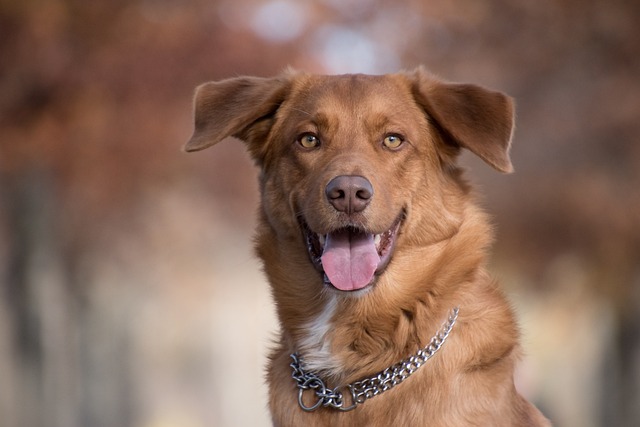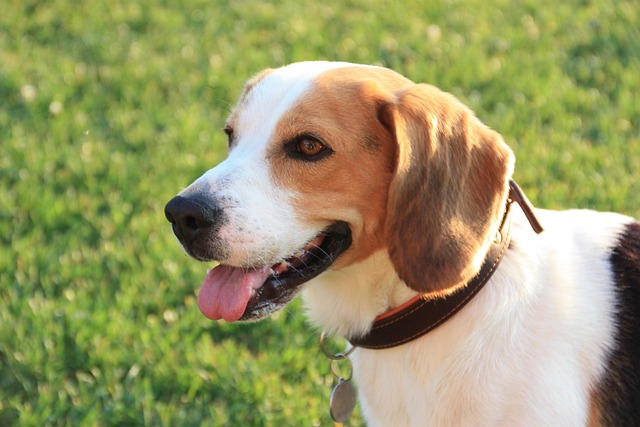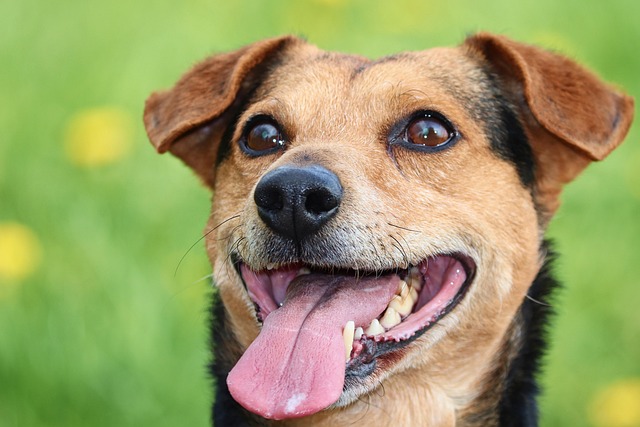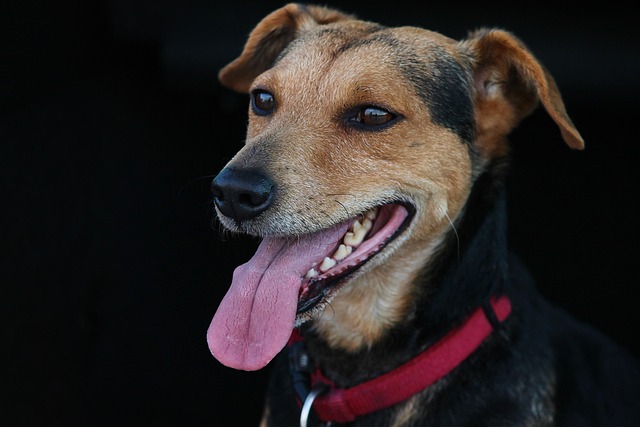
Precautions for raising a dog when the temperature suddenly drops
As the cold wind howls outside the window and the temperature plummets overnight, while you wrap yourself in a thick cotton coat,
In the quiet of the night, you see the soft dog house that was carefully prepared empty, while your beloved dog curls up in the corner of the wall, on the floor, and even occupies your sofa, feeling confused and helpless. Why was the small nest that was eagerly selected for it mercilessly neglected? Behind dogs not sleeping in their kennels is not a disregard for this care, but rather their unique reasons. Every 'rejection' is a silent appeal, waiting for the owner to understand and respond, using understanding and action to create a truly warm and comfortable 'little world' for them.
The lack of comfort in dog beds is a common reason why dogs are unwilling to fall asleep. Dogs have very sensitive senses and are extremely sensitive to materials, temperature, and odors. If the filling of the dog house is too hard, just like a human lying on a bed full of stones and unable to get a good rest, the dog will naturally avoid it. For example, some low-priced dog beds are filled with inferior sponge, which becomes compacted over time and completely loses its softness. Inappropriate temperatures also have a huge impact. In cold winter, if there is not enough insulation material in the dog house, the dog will instinctively search for warmer places, such as the floor near the radiator or the owner's bed; In hot summer, if the doghouse has poor breathability and is stuffy and not ventilated, dogs will also escape. Choose a cool tile floor to cool down. In addition, if there is a pungent chemical odor or if it is contaminated with odors that dogs do not like, such as the residual odor of cleaning agents, it will also make them resist entering. After all, for dogs with a sensitive sense of smell, a comfortable odor is an important prerequisite for sleeping peacefully.
Inappropriate space size can also make dogs lose interest in their kennels. Dogs of different body types have significant differences in their spatial needs. Small dogs require a relatively compact and enveloping space that provides them with a sense of security, as if they are being gently embraced; Medium to large dogs require spacious areas to ensure they can freely stretch their bodies. If a small kennel is prepared for a golden retriever, it will feel suppressed due to limited mobility; On the contrary, giving a Chihuahua a dog house that is too big and lacks a sense of security will not make it like it. Just like humans choosing a house, any size that is not suitable can affect the living experience, and dogs also crave to find a "little nest" of just the right size.

Environmental factors have a significant impact on dogs' choice of resting place. Dogs prefer a quiet and safe environment to rest in. If the dog kennel is placed in a noisy area, such as near a TV or washing machine, the continuous noise will prevent them from relaxing and keep them alert at all times. In addition, dogs are also sensitive to light, and overly bright environments can interfere with their sleep. If the dog's kennel is facing a window with strong light, the dog is likely to seek a darker corner to rest. The interference of other pets or members of the family will also make the dog feel that the kennel is no longer a safe haven. For example, the naughty cat in the family always harasses the dog sleeping in the kennel. As time passes, the dog will give up the kennel.
Dogs' past experiences can also affect their attitude towards their kennels. Some dogs have had unpleasant experiences in their previous lives, such as being confined to a kennel for long periods of time alone, causing fear and anxiety, or experiencing fright in the kennel. These memories can lead them to associate the kennel with negative feelings. Just like a person who has had bad memories in a certain room and later resists entering that room. Even if a new dog kennel is replaced, those bad memories may still leave them with lingering fears and make it difficult for them to rest peacefully in the kennel.
In addition, the personality and habits of dogs also play a crucial role. Some dogs are naturally independent and do not like to be confined to a fixed space. They prefer to freely choose their resting place in the house and enjoy the feeling of freedom; Dogs that have not developed the habit of sleeping in dog beds since childhood have already adapted to resting in other places. Suddenly letting them sleep in dog beds can make them feel uncomfortable. For example, if a dog that has been sleeping by its owner's bed for a long time is suddenly asked to sleep in a kennel, it will develop resistance due to the unfamiliarity with the new sleeping location.
In the face of dogs not liking to sleep in their kennels, owners should not force them, but should patiently search for reasons and gradually guide them. You can start by improving the comfort of the dog kennel, changing the appropriate mat according to the season, laying warm plush mats in winter, and using breathable cool mats in summer; Regularly clean the dog kennel to keep it clean and odorless. You can also place old clothes with the owner's scent inside the kennel to give the dog a sense of security. Adjust the placement of the dog kennel, choose a quiet, soft lit, and relatively independent corner to reduce external interference. If a dog has had a bad past experience, positive guidance can be used to place delicious snacks and favorite toys next to the kennel, gradually making it develop a good impression of the kennel. For dogs with bad habits, it is necessary to train them step by step, using gentle encouragement and rewards to help them develop the habit of sleeping in dog beds.
Every dog is a unique individual, and their needs for a "home" are also different. When we truly understand the reasons behind their refusal to sleep in the doghouse, adjust and guide them with love and patience, one day we will see them curled up peacefully in the doghouse, entering sweet dreams. This warm scene is the best response to our full love for them, and also the most vivid manifestation of mutual trust and dependence.

As the cold wind howls outside the window and the temperature plummets overnight, while you wrap yourself in a thick cotton coat,

As you sit at the dining table enjoying a meal, your Teddy’s round eyes fix tightly on the food in your hand, filled with longing,

Dogs frequently scratch, their skin turns red, and their eyes water. These symptoms make many pet owners feel pain in their eyes. When faced with dog allergies, everyone is eager to find an effective solution.

In the quiet of the night, you see the soft dog house that was carefully prepared empty, while your beloved dog curls up in the corner of the wall,

When the once gentle and clingy fur baby suddenly bares its teeth at you or launches unprovoked attacks on other people and animals,

When we look at our pet dogs, those bright eyes carry dependence and trust. However, dogs' eyes are fragile and sensitive, and accidental injuries or sudden illnesses may threaten their vision at any time.